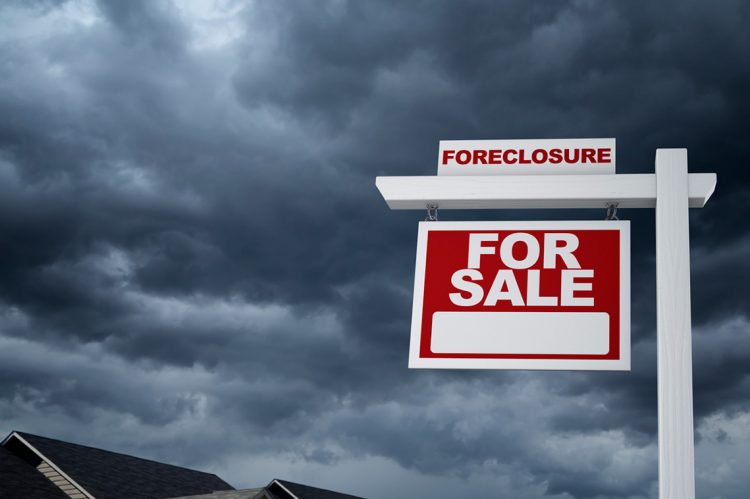Despite being nearly two years removed from the end of the U.S. foreclosure moratorium, the upward trajectory of foreclosure activity has held firm well into 2023, according to recent reports by ATTOM Data Solutions.
The organization released its Q1 2022 U.S. Foreclosure Market Report, which shows 95,712 U.S. properties with foreclosure filings during the first three months of 2023. That data marks a 6% increase from the previous quarter and a 22% annual increase.
The report also notes that 36,617 U.S. properties with foreclosure filings in March 2023, up 20% from the previous month and 10% from a year ago. According to ATTOM, March marks the 23rd consecutive month of YoY increase in U.S. foreclosure activity.
Key Highlights
- 65,346 U.S. properties started foreclosure in Q1 2023, up 3% from the previous quarter and 29% from Q1 2022.
- One in every 1,459 homes had a foreclosure filing in the U.S. during Q1 2023.
- Illinois, Delaware and New Jersey had the highest foreclosure rates in the year’s first quarter.
- Lenders repossessed 12,518 U.S. properties through foreclosure (REO) in Q1 2023, up 8% from the previous quarter and 6% YoY.
- Michigan, Illinois, California, Pennsylvania and New York had the largest number of REO’s during Q1.
- The average time to foreclose increased by 12% from the previous quarter.
- One in every 3,813 U.S. properties had a foreclosure filing in March.
- The states with the highest foreclosure rates in March 2022 were Illinois, Delaware, Nevada, Indiana, and New Jersey.
- 24,234 U.S. properties started foreclosure in March 2023, up 19% from the previous month and 8% from March 2022.
- Lenders completed the foreclosure process on 4,791 U.S. properties in March 2023, up 25% from the previous month and up 9 percent from March 2022.
Major Takeaway
“Despite efforts made by government agencies and policymakers to try and reduce foreclosure rates, we are seeing an upward trend in foreclosure activity,” said Rob Barber, chief executive officer at ATTOM. “This unfortunate trend can be attributed to a variety of factors, such as rising unemployment rates, foreclosure filings making their way through the pipeline after two years of government intervention, and other ongoing economic challenges. However, with many homeowners still having significant home equity, that may help in keeping increased levels of foreclosure activity at bay.”












